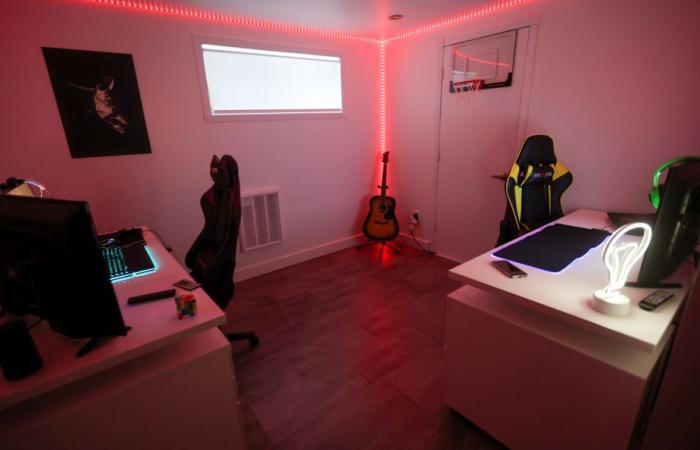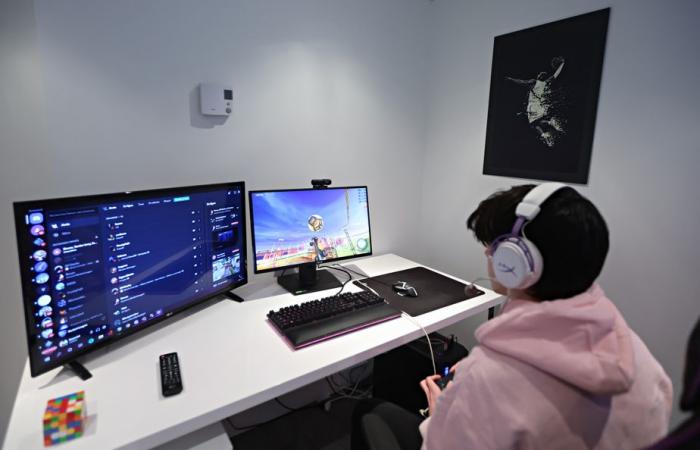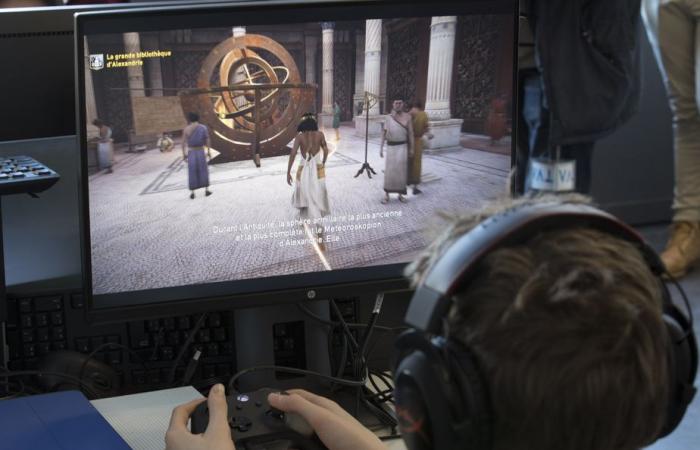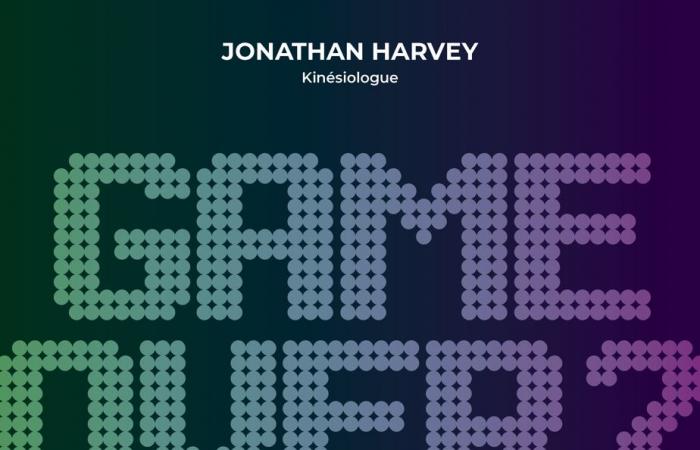While 60% of Canadians say they gamerskinesiologist Jonathan Harvey takes the bull by the horns to demonstrate, in his work Game over? How to combine health and screenshow screens and video games can be better integrated into everyday life. He details a host of strategies, tips and exercises, from which we have drawn five salient points.
Posted at 7:00 p.m.
Apply the “Power up” recipe
PHOTO FRANÇOIS ROY, LA PRESSE ARCHIVES
So-called “ergonomic” chairs, play spaces stripped of natural elements, hydration, sleep… many parameters are scrutinized.
This is THE combination developed by the kinesiologist to get the maximum benefits and curb the harmful effects of screens and video game sessions. “We talk too negatively about screens almost everywhere. And all we’re saying is to reduce their usage time. But then, how to use them? This is why I built the “Power up” recipe, integrating eight elements,” explains Mr. Harvey, who details each of these points in Game over ? Among them, well-timed sleep, regular hydration, a well-adjusted sitting position, reducing unnecessary screen time or adding touches of nature to your environment. “Seeing three trees through a window when using a screen has interesting impacts on our performance and our happiness. Put plants in our work or play area as well. However, we often see rooms of gaming very dark, with LED lighting. I get people to think about that mentality,” he says.
Exercises before, during and outside the game

PHOTO PROVIDED BY THE PUBLISHER
Kinesiologist Jonathan Harvey
A large part of the book is devoted to adapted and varied exercises, from warm-ups to small movements to integrate into the routine of a gaming or viewing session. There are around fifty of them, categorized for short and long breaks, as well as for playing with the controller in hand, without having to stop the game. Jonathan Harvey even offers suggestions for exercises adapted to each playing style: sports, shooting, running, etc. “These can be gestures to do when we score a goal, when our character dies and then comes back to life 15 seconds later, or during loading times or in a “waiting room”. Intragaming exercises are very interesting to do while playing or working: for example, foot movements to bring blood circulation to the lower limbs. »
Every little step is a step forward
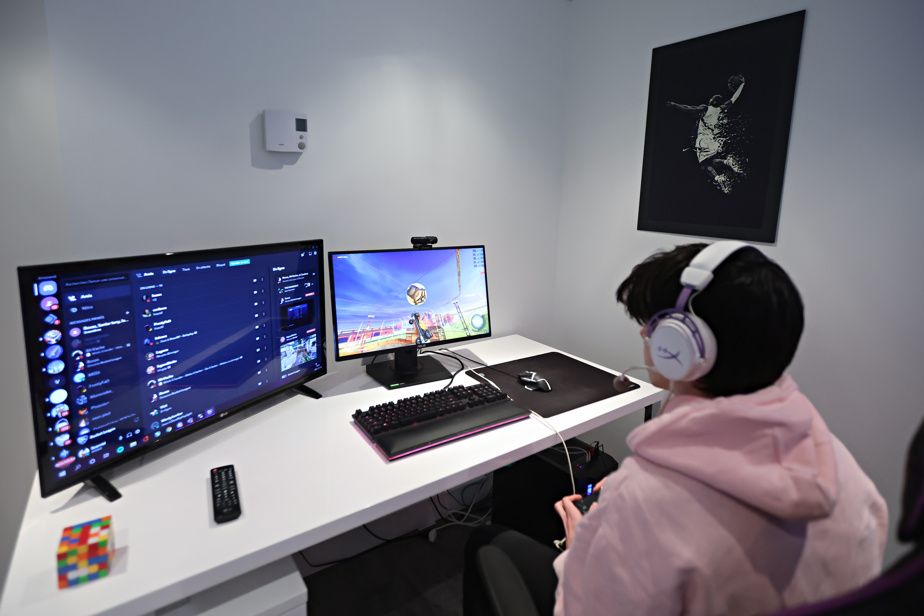
PHOTO FRANÇOIS ROY, LA PRESSE ARCHIVES
Jonathan Harvey devotes a chapter of his book to the potential benefits of video games when the dosage and conditions are appropriate.
This is one of the key phrases of Game over ? : “Anything more than zero is better than zero. » Given that many elements are provided by the book, it may seem ambitious to seek to apply them simultaneously and to motivate yourself to change your habits. “My mentality regarding this is very benevolent,” underlines the kinesiologist, who devotes a chapter to the potential benefits of video games when the dosage and conditions are appropriate. “Every effort and every little change you make to improve yourself is a victory in itself,” he writes. This opens the door to great freedom for the player, free to engage in activities, exercises or optimization that motivate them, at their own pace, and in the order they wish.
The $1000 (chair) question

PHOTO ANDRÉ PICHETTE, LA PRESSE ARCHIVES
The so-called ergonomic chair associated with video games is reminiscent of Formula 1 seats.
We see a lot of them in online game broadcasts, on Twitch and on YouTube: the large, stylish chair reminiscent of Formula 1 seats, popular with good players. They are called ergonomic, but Mr. Harvey finds this word overused. “For something to be ergonomic for us, it must be adapted to us. If I buy a chair for $1,000, but I don’t have the skills or knowledge to properly adapt it to my body, it’s no more interesting than a square wooden chair that wouldn’t fit me. not suitable,” he says. Also, the more high-end the furniture, the more modification parameters it will have, the more adjustment knowledge will be necessary. “You must first educate yourself on how to adjust your chair. It’s also easy to add items you have around the house, like a simple box or book under your feet. »
Debunking the myths
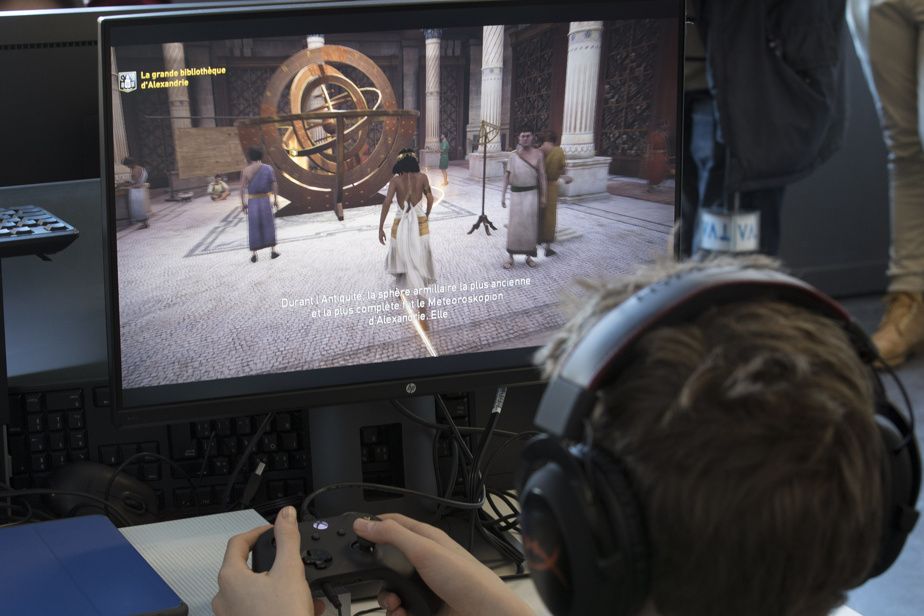
PHOTO PATRICK SANFAÇON, LA PRESSE ARCHIVES
“Screens are here for good, so how can we use them to be healthy? asks Jonathan Harvey.
To see more clearly about our screens and our health, unraveling certain health-related myths can do no harm. Jonathan Harvey doesn’t hesitate to knock some out. The negative perception of the effects of video games and screens is one of them; but if we compare them to an activity like drawing, we see that it is rather excess and poor conditions that cause problems. The kinesiologist also comes to scratch that of 10,000 daily steps, a target set arbitrarily in the 1960s by a pedometer seller. However, even if it cannot be harmful, it has not been scientifically validated and could constitute a high or demotivating threshold for some. Fewer myths, more motivation! Let us mention that the kinesiologist was able to enrich his book with a host of testimonies from personalities, speaking about their relationship with video games or screens: Steve Bégin, Dominic Arpin, Pierre-Luc Racine, etc. He was also pleasantly surprised that Pierre Lavoie signed the preface. “For some, this may seem contradictory at first glance, but deep down, Pierre Lavoie has exactly the same mentality as me: screens are here for good, so how can we use them to make it healthy? “, he rejoices.
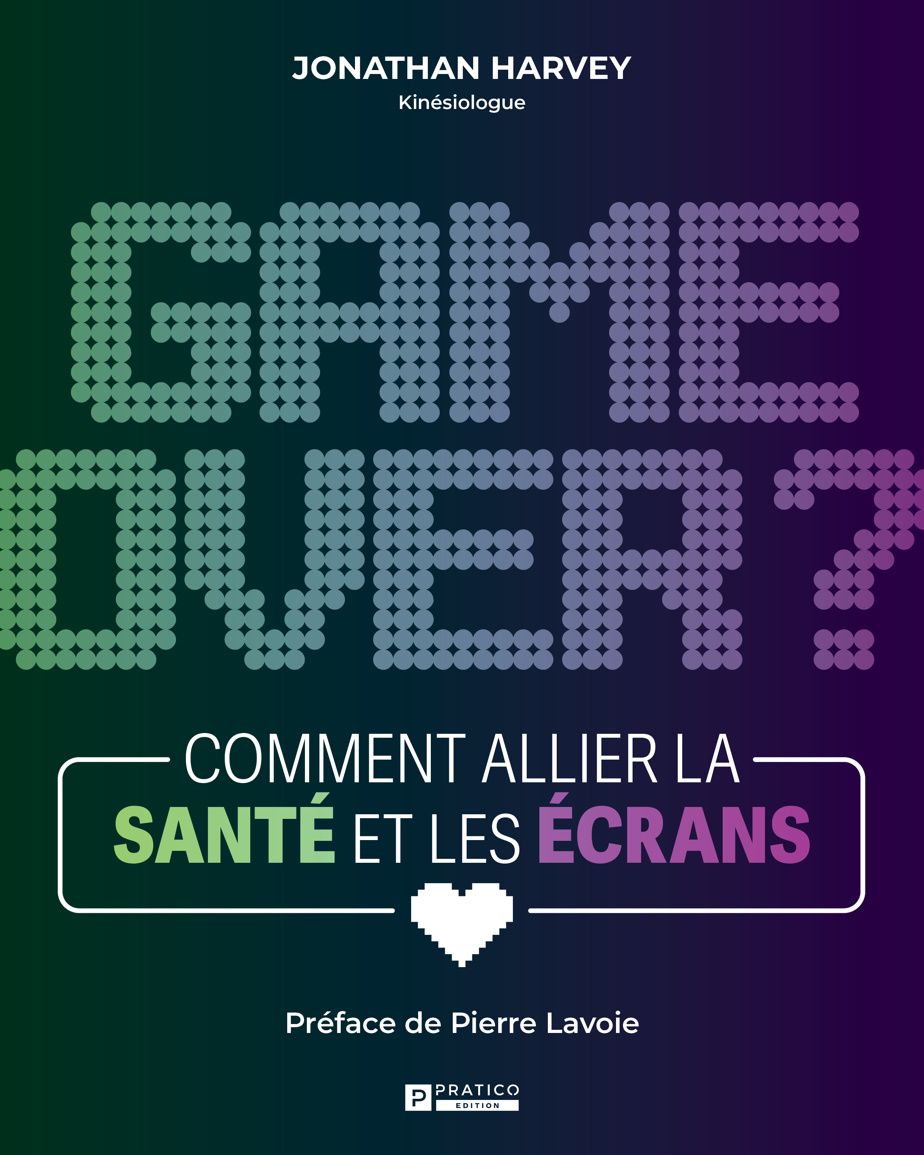
Game over ?
Jonathan Harvey
Practical
192 pages


